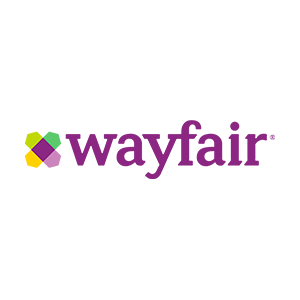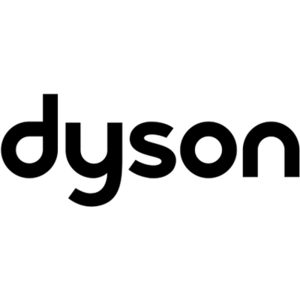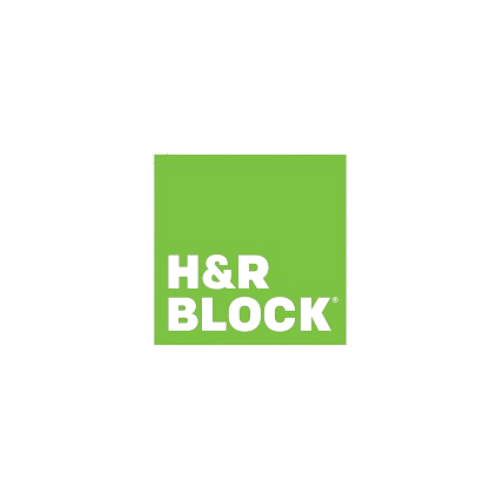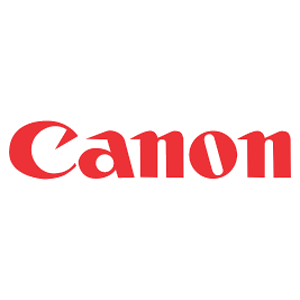All products featured on WIRED are independently selected by our editors. However, we may receive compensation from retailers and/or from purchases of products through these links.
Add iPhone developers to the long list of people eagerly awaiting the release of Leopard later this week. That's because the latest version of Apple's operating system will likely offer important clues to how iPhone development will work.
"It's not known for sure at this point, but all indications are that the iPhone is a Leopard-based device," says Carl Howe, an analyst at Blackfriars Communications, a marketing consultancy.
Howe says it's likely Apple will either inject specific Leopard features into the iPhone with a future firmware update, or more interestingly, that these features could already be in the phone, lying dormant.
"If you look at the features that are in the phone now, it had Core Animation (one of Leopard's new features) before any other Apple device," he says. "That can't just be a coincidence." He also points out that the OS was delayed because Apple needed to call up its Leopard developers to help get the iPhone ready for launch.
The good news is that many of Leopard's new features, including two security enhancements, should make their way onto the iPhone, shaping the way third-party development progresses on the device.
The bad news? Well, that will depend largely on how Apple decides to implement these new security features. In a worst-case scenario, there could be no such thing as free third-party apps for your iPhone.
For now, Apple admits it will introduce new tagging and digital certificate features in order to beef up OS security and application validation. These additions, according to Howe, will also appear on the iPhone when Apple releases its iPhone software developers' kit in February 2008.
This potential move is consistent with Jobs' allusion to an "advanced system" that follows in Nokia's footsteps with digital signatures that can be traced back to a known developer.
With tagging, your system will ask for your consent before running a downloaded application for the first time. The OS will also relay info about when the application was downloaded, what was used to download it and, if applicable, what URL it came from.
Apple says it will also incorporate a digital signature into each application that "verifies (the application's) identity and ensures integrity." Initially, all applications shipped with Leopard will be signed by Apple, and the company claims it will also let third-party software developers sign their applications as well, although the precise model for this remains unclear at this point.
"It's basically a way of extending the idea of a signed or validated web page out to your desktop," says Daniel Jalkut, a Mac software developer and founder of Red Sweater Software.
While Jalkut admits that such a system may initially cause headaches for Leopard users, he also says it will ultimately make life a lot easier -- and safer.
"If you're trying to prevent malware or viruses, one of your most potent weapons is knowing where these things comes from," Howe says, adding that it's a far less obtrusive and much more secure way of validating applications.
What is less certain at this point, however, is how Apple will use these validation certificates to control the developer ecosystem, be it for Macs or iPhones. If Apple is the only authority capable of posting, smaller developers may find it difficult to get their apps certified.
Furthermore, even with multiple certifying authorities, if getting a certificate (and renewing it) costs money, that would mean that few, if any, iPhone apps will end up being completely free.
"From a developer point of view, the biggest question is going to be: Am I compelled to buy a certificate from one of these trusted authorities?" says Jalkut.
This validation process will likely be the biggest obstacle for Apple, Jalkut says. "It's still not clear how authoritative a signature you need. The basic idea is that a developer might be able to 'self sign.' That would give you the ability to let the Mac OS know that this application (and subsequent updates) is from a particular developer. But it wouldn't give Apple the ability to say: 'I can guarantee you that this app is safe.'"





